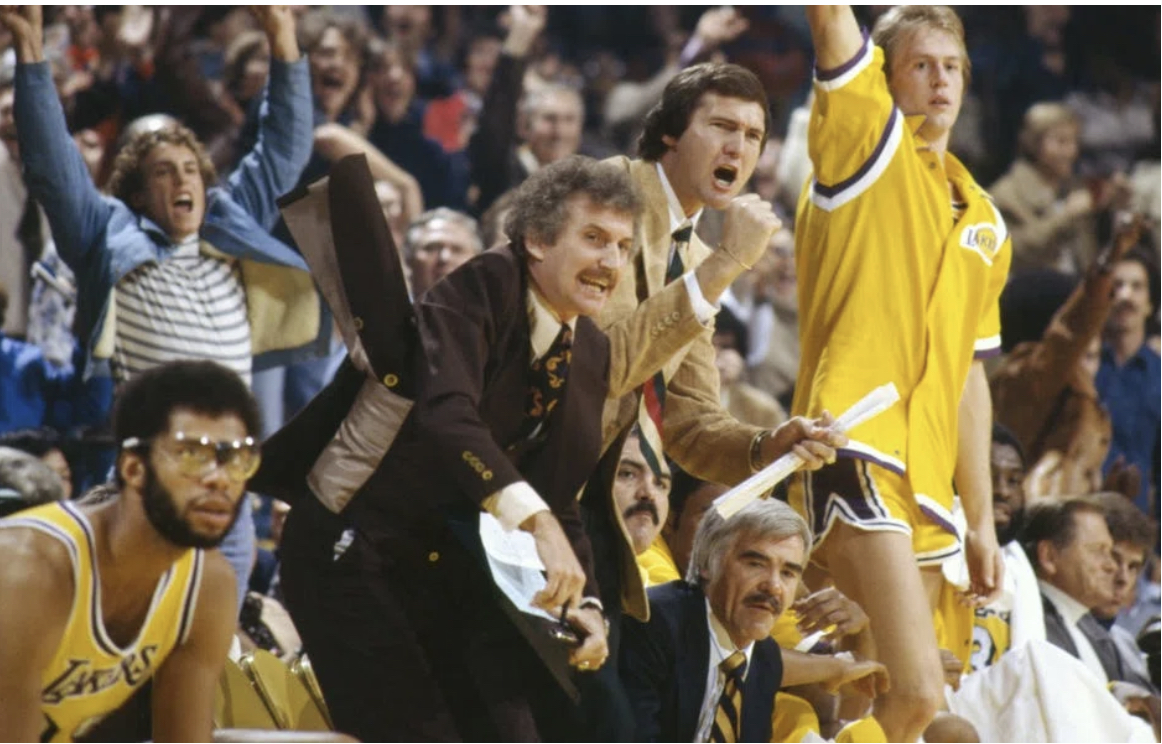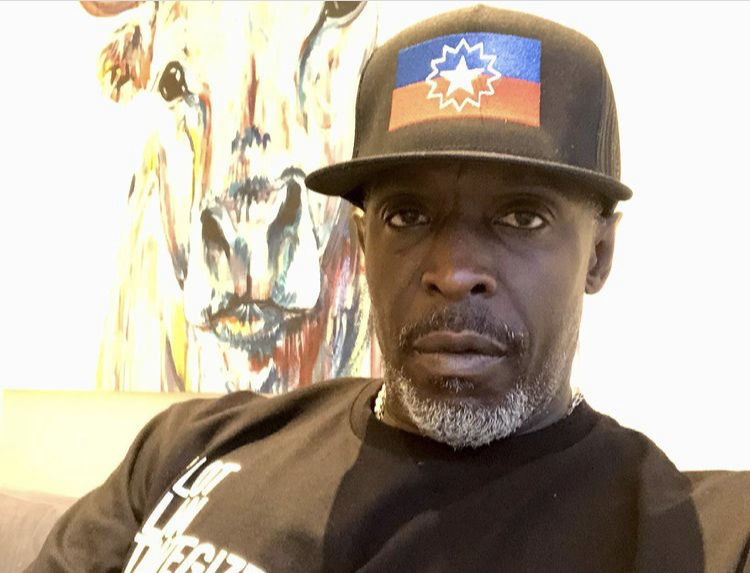Let me begin by saying that no, this is not another rant decrying Lena Dunham’s wickedly and awkwardly funny, newly Golden Globe-sporting show for failing to meet non-existent ethnic and racial quotas for pop culture television. That said, I should admit that my interest in Girls when the first season aired was tempered somewhat by the race-laced hullaballoo: I watched an episode and a half, was amused enough, but ultimately did not commit. Not because I felt there needed to be black faces or faces of color on the show to interest me, but because, as a middle class woman of color living in America in the 21st century, I am already compelled to participate daily in the consumption of unadulterated whiteness.
Furthermore, as an educated woman of color in her early thirties who grew up in a majority-white small town, much of the whiteness that crosses the path of my target market ID tends to lean heavily on the witty, self-deprecating, yet hyper-narcissistic side. Some days, we cross the line between too much of a good thing and simply too much. Sometimes, you know you will like something well enough when you get to it and you know it’s not going anywhere, so you take your time getting there. So it was with me and Girls.
Hannah, Marnie, Jessa and Shoshanna are white because they are the result of a white girl writing about being a white girl with her white friends and their white boyfriends. They are privileged enough to be able to construct a world and a worldview in which the people who are there are there because they want them there. The problem is, white people like that generally don’t want anyone to know they have that power, and may not even consciously acknowledge that they have it. Rachel Krantz at The Daily Beast suggests that the true ire of white critics on the diversity issue stems from Dunham’s having “admitted on television that many so-called progressive, educated, city-dwelling white people are actually so insulated.”
Of course, as a nonwhite person writing on the subject, I have to ask: Isn’t that the point of gentrification? Isn’t that what the hipsterification of Brooklyn is all about? Inhabiting the space where ‘indigenous’ urban dwellers once dwelled, to soak in the rugged, raw coolness of it all, while appropriating everything but the kitchen sink without realizing that the longer they stay, the arguably less cool it gets? Like a car, depreciating the minute you drive it off the lot. It’s a sinking feeling. When you feel it, you move to Astoria and start over.
So no, apart from the occasional blindness-by-piercingly-porcelain faces, teeth, boobs and butts, the whiteness is not a problem. It is simply a fact. The girls are all right. Better than all right, though, are the boys. It’s possible that the reason behind the show’s popularity among white males over 50 is not titillation over young women half their age having graphic, if generally less-than satisfying sex, but nostalgia for a time gone by. It’s likely that the kind of 50-plus man who watches this show once stood in front of a mirror practicing some version of the panty-dropping lines that sent Marnie to the ladies’ room to handle her biz: “Because I’m a man, and I know how to do things.” Equally likely is a cadre of romantic once-hopefuls, who watch these boys twist in the wind every time one of the girls changes her mind. I’d like to think my fast and fickle days are behind me, but they’re not so far behind that I don’t feel like I knew these boys. Watching the show with a guy yields awkward moments, which I meet with a weak smile and half-assed shoulder shrug: a little horrified, a little sheepish pride.
Sunday night’s Season Two premiere brought with it a promise that will probably add more awkward moments to watching the show with a guy, particularly if that guy is black. As has been over-reported ever since he was spotted shooting in New York with Dunham last spring, Donald Glover has joined the show as Sandy, Hannah’s garden-fresh love interest, in a somewhat obvious attempt to silence, pacify, and ridicule critics of the aforementioned diversity smackdown of 2012. That the neo-magical-Negro boy toy is a Republican, and that Dunham has explained that Hannah’s aversion to Sandy’s Republican-ness can be likened to a healthy and noncontroversial natural aversion to Nazis, has escaped no one writing about the show, least of all right-wing America. So Dunham said she wanted to be careful of tokenism, only to token up Glover all over her body in the second season’s first episode. We are meant to be assuaged by the fact that he’s a nice guy, that he seems to really care about Hannah, that he’s a law student and gives her proper sex that she unequivocally enjoys, unlike last season’s boy toy Adam, recast as a hanger-on whose weird, dirty and fun has become just weird and dirty now that it’s being held up against this shiny new black light.
But the problem with Sandy is not that he’s a token or even that he’s a magical token. In fact, the problem with Sandy is not a problem at all, but a mystery. Does Lena Dunham know she’s cracked an interracial dating code that is rarely, if ever, discussed outside of the black community? Is Lena Dunham attempting to answer the age-old question that’s been asked time and time again: What’s with the black man /frumpy white girl thing? My first guess would be no, but that’s just because I cannot believe that, slick as she is, Dunham can possibly be that slick. My second guess, based on the moment in the episode when Sandy says, “I love how weird you are,” is that Dunham thinks she knows the answer, and that unfortunately yet predictably, Dunham is wrong.
And now we have come full circle. Black women and women of color are not represented on Girls because they don’t exist in the universe that’s been constructed…yet. Sure, we can have a black coworker who gives bad makeup advice, and we can have a West Indian nanny who finds lost charges for the equally lost white girl nanny. But the black man that dates Hannah is justifiably smitten because, let’s face it, the queens of the Land of Quirk are always white. I trust that when Lena Dunham meets a black girl, she can fall into a friend-crush for we will see her on the show, and I trust that Lena Dunham has not yet met one.
But the project of trying on a black man is a blessedly DIY one. Black men are acceptable because they make your body rock (this is a myth and it is also true, ask anybody), and because they can see in a quirky white girl what a quirky white girl needs to see in herself, something that Maureen Ryan at Huff Post calls “a level of narcissism that isn’t so completely self-destructive.”
It doesn’t hurt that what the white standard of beauty calls ‘lumpy’ takes on a different hue in the arms of a black man. For all the chitchat about Lena Dunham’s bared bod, it’s a shame no one has bothered to take note of the fact that not everyone agrees that thunder-thighs are a bad thing. I can understand the cringe factor, considering how overexposed we all are to stick-thin or delicately curved paragons of beauty, but I’d be willing to wager that more than a few Renaissance painters would find Dunham’s derrière something to marvel. The New York Post’s Linda Stasi is not, however, a renaissance painter, calling Dunham a “pathological exhibitionist” with “a sloppy backside and small breasts.” Oh no! Small breasts! Someone get Howard Stern over here, this woman is not nearly snarky enough.
Stasi juxtaposes Hannah’s ick-factor with Marnie’s “breathtaking beauty,” which to me reflects, not so shockingly, yet another white standard of beauty. It even goes so far as to take issue with the fact that the season opener features Hannah and her boyfriend jackpot and Marnie’s attempt at sex with a gay man (read: epic fail in the boy department). Marnie, because she is beautiful, must also be nice, kind and deserving of good sex with a good boy, while Hannah, because she is hideous, should be happy to be on television at all. What is pathological here is the way that Dunham’s body is assumed to be a foil guarding against the idea that when good things happen to her it’s because she deserves them. But we know who to blame when things don’t go her way: it’s that giggly jelly, every time, no matter what. It reminds me of when poor white people blame poor black and brown people for their circumstances instead of calling out the corporate hoarders who take their sweat to the bank every single day.
Season Two: where Hannah gets a good-ish man and the good-ish man is black, but Hannah is still Hannah. She does not want him to love her, she does not want to date him for fear of being irresponsible and rushing into something without the seriousness that her newfound maturity requires (where was this speech when Adam was considering condoms in season one – oh wait, that’s the point of the speech). And it’s not about Adam, except it is about Adam. I feel a shrug coming on. I am so not watching this season with a guy, no matter what color he is.



